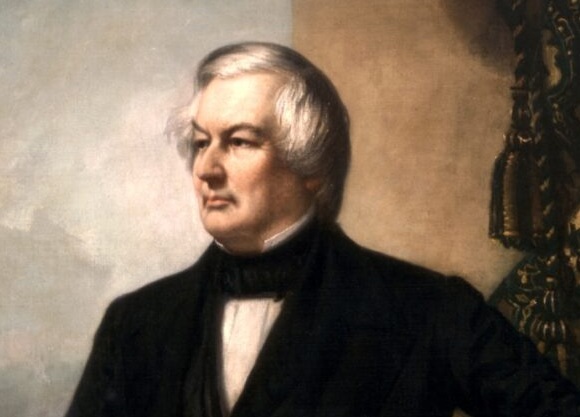Time to Uncover the Congressional Recess Enigma!
Time Out! Unraveling the Congressional Recess Riddle
Imagine being a lawmaker tasked with shaping the nation’s destiny. You’d need some time to catch your breath, right? Enter the congressional recess, a series of planned breaks that allow elected officials to return to their districts, recharge their batteries, and reconnect with constituents. It’s like recess for politicians, but with a dose of democracy!
These recesses are not just vacation days; they’re a chance for lawmakers to gather feedback, gauge public opinion, and lay the groundwork for future legislative efforts. By meeting with local leaders, businesses, and community groups, they can stay in tune with the needs and aspirations of their electorate. Think of it as a giant listening tour that helps bridge the gap between the Capitol and the country it represents.
Finally, recesses provide a much-needed break from the relentless hustle and bustle of Capitol Hill. Lawmakers work tirelessly on behalf of their constituents, tackling complex issues that affect every corner of the nation. These breaks allow them to recharge, spend time with family and friends, and pursue personal interests. After all, even superheroes need a little R&R to stay sharp and effective!
Break Time Bonanza: Why Congress Takes So Many Vacations
The number of congressional recesses has fluctuated over time, influenced by factors such as political dynamics and public perception. In recent years, the average number of days spent in recess has hovered around 130 per year. While this may seem like a lot, it’s important to remember the vital role recesses play in the legislative process.
First and foremost, recesses allow committees to hold hearings, conduct investigations, and draft legislation away from the hustle and bustle of the floor. This concentrated time provides a conducive environment for in-depth analysis, expert testimony, and bipartisan collaboration. By spreading out this work instead of cramming it all into session days, Congress can ensure a more thorough and deliberative approach to lawmaking.
Additionally, recesses provide an opportunity for lawmakers to engage in district-level activities that are essential to their role as representatives of the people. They can host town halls, attend community events, and meet with constituents to discuss their concerns and gather feedback. These face-to-face interactions are crucial for maintaining a connection with the electorate and ensuring that the voices of all Americans are heard in the halls of Congress.
Finally, recesses are not just about work; they also provide a chance for lawmakers to rest and recharge. The demands of the job can be incredibly taxing, and taking time to step away allows them to return to Washington refreshed and ready to tackle the challenges ahead. Plus, it’s not like they’re sitting around doing nothing—they’re still actively engaged in their duties, albeit in a less formal setting.
Recesses – A Refreshing Reality in the World of Lawmaking
So, there you have it! Congressional recesses are not just vacation days but an essential part of the legislative process. They provide time for committee work, constituent engagement, and personal rejuvenation. By understanding the importance of these breaks, we can better appreciate the complexities of lawmaking and the dedication of our elected officials. So, next time you hear about Congress taking a recess, don’t roll your eyes—celebrate the fact that our lawmakers are taking the time to listen, learn, and prepare for the important work ahead!



